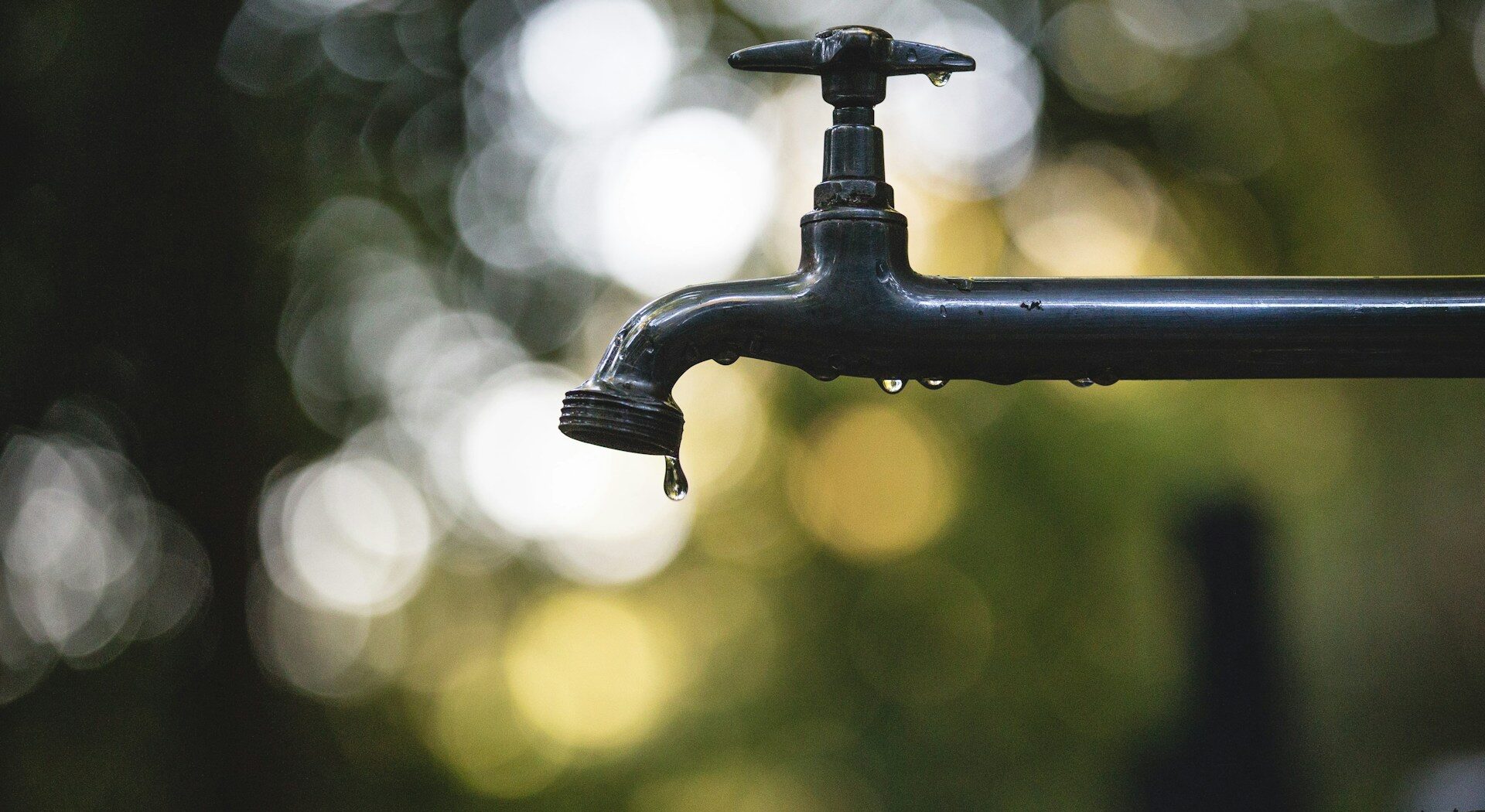Our News
Climate Change & the Water Crisis

Photo by Luis Tosta on Unsplash
Water is something we rarely give any thought to. For most of us in the UK, it flows freely with just a twist of the tap and falls from the sky in what can sometimes feel like an annoying abundance. But might we be taking it for granted?
Water is critical to life. It underpins our health, food systems, economies, and ecosystems – yet it is increasingly under threat. Two billion people worldwide already lack access to safe drinking water, and in the UK alone, demand is projected to outstrip supply by six billion litres per day by 2055 if no action is taken.
The climate crisis and the water crisis are deeply intertwined. In fact, 9 in 10 climate impacts are water-related, from droughts and floods to changing rainfall patterns and water stress on agriculture. Tackling one means tackling the other, and doing so creates opportunities for resilience, wellbeing, and a fairer future.
How climate change drives the water crisis
Climate change intensifies both extremes: droughts and floods. Hotter, drier summers reduce water supplies while increasing demand. Warmer, wetter winters raise the risk of flooding. Globally, droughts have increased by 29% since 2000, and in the UK, seven out of 17 regions are predicted to face serious water stress by 2030.
Water scarcity is not a far-off risk. Cape Town came close to ‘Day Zero’ in 2018 – the day taps would run dry. In England and Wales, we already lose around 20% of public water supplies to leakage. Water companies are responsible for network leakages and have targets to reduce this. But the responsibility for internal leakage – from supply pipes, internal pipework or internal fittings – is often on the consumer.
The pressures of population growth, industrial demand, and consumer habits – from fast fashion to imported food – add to demand and increase scarcity. A pair of jeans uses 8000 litres of water on average to produce. An avocado – often grown in water-poor countries and exported to water-rich countries – takes an average of 73 litres of water to produce. A huge amount of our water footprint is hidden – our indirect water use is 30 times what we use directly per day: 4600 litres vs 146 litres respectively on average in the UK. Reducing water usage and leakage can address 65% of the shortfall anticipated by 2045-2050.
Why saving water helps tackle climate change
Every litre of water used has a carbon footprint. Supplying, treating, and heating water for household use accounts for around 6% of UK greenhouse gas emissions. By saving water, we cut energy use, lower emissions, and reduce household bills. For businesses, water efficiency supports net zero targets, builds resilience, and makes financial sense: pre-emptive action on water costs nearly half as much as emergency drought measures. Globally, $392 billion is at risk due to water challenges, while up to $436 billion worth of water-related opportunities have been identified by the CDP.
Water-smart choices also protect food supply and biodiversity. 70% of global water is used for agriculture, so water challenges heavily impact farmers. Improved water management could increase global crop production by 20%. It also protects nature; freshwater wildlife has declined by 85% globally, and only 14% of England’s rivers are in good ecological health. Using water wisely means safeguarding habitats that absorb carbon, filter pollutants, and protect us against extreme weather.
What we can do about it
Having another crisis to contend with can feel overwhelming, but climate change and the water crisis are not separate challenges – they are two sides of the same coin. Solving one helps solve the other, and the solutions are already in our hands.
The most impactful thing you can do to act on the water crisis is to act on climate change. You can also take further direct action to conserve water:
At home and in our communities
- Fix leaks and install water-efficient appliances.
- Collect rainwater with butts or harvesting systems.
- Shorten showers and avoid unnecessary toilet flushes.
- Choose plant-based, seasonal, and locally sourced food to reduce hidden water footprints.
- Get involved in community water projects or simply report local leaks.
In organisations and workplaces
- Monitor water use through metering and set reduction targets.
- Repair leaks quickly and install water-saving devices (efficient taps, toilets, and showers).
- Integrate water risk into resilience and net zero strategies.
- Encourage a culture of water stewardship through awareness campaigns.
- Explore alternative water management options like greywater recycling or sustainable drainage.
By embedding water literacy into Carbon Literacy, individuals and organisations build the knowledge and motivation to reduce emissions and cut water use, strengthening resilience at the same time.
When Carbon Literate citizens act together, we can turn the tide on both crises — ensuring clean, reliable, and fair access to water for people and nature, now and into the future.
What you can do next
This blog was informed by the Water Literacy Programme*, a new training initiative inspired by The Carbon Literacy Project and led by Waterwise, Groundwork, and Northumbrian Water Group (NWG). The programme explores water scarcity, the importance of saving water, and how people can take meaningful action in their homes, workplaces, and communities.
As part of a pilot, Water Literacy training is currently being offered for free. Several members of our team have already completed the course, embedding water literacy into their Carbon Literacy, and we encourage you to explore it for yourself.
*All stats come from the Water Literacy Programme. Find out more about the Water Literacy Programme here.